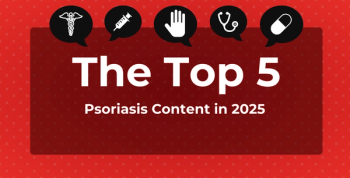
Ophthalmology Overview: Early Diagnosis of Blinding Diseases, Increasing Access to Eye Care, and More
Highlighting the latest ophthalmology-related news reported across MJH Life Sciences™.
Highlighting the latest
Novel Laser Imaging System May Improve Detection, Treatment of Blinding Diseases
As reported by
Designed to detect telltale signs of major blinding diseases in retinal blood and tissue, such as age-related macular degeneration and diabetic retinopathy, the system leverages patented technology known as photoacoustic remote sensing, which uses multicolored lasers to image human tissue without touching it with almost instant feedback.
Investigators noted that the technology is also being evaluated in breast, gastroenterological, skin, and other cancerous tissues, as well as real-time imaging for surgeons to guide them during the removal of brain tumors.
Smartphone-Based Eye Screening and Referral System Boosts Access to Care
According to study findings reported by
Recruiting more than 128,000 people, researchers randomly assigned participants to receive the Peek Community Eye Health system (Peek CEH), a smartphone-based referral system that includes vision screening, SMS reminders on follow-up appointments, and real-time reporting, or the standard approach of health center–based outreach clinics.
In assessing the differences in average attendance rate at triage by participants with eye problems, the Peek CEH intervention group exhibited significantly greater attendance rates, amounting to a rate difference of 906 per 10,000 people (intervention, n = 1429; control, n = 522).
Managing Endogenous Endophthalmitis Require Comprehensive CAre
As a rare occurrence due to ocular surgery, endophthalmitis is a commonly misdiagnosed infection that is caused by the hematogenous spread from a distant nonophthalmic source that may be bacterial, fungal, parasitic, or viral.
As reported by
With a misdiagnosis prevalence as high as 63%, Winfried Amoaku, PhD, MBChB, FRCS, associate professor/reader in ophthalmology, University of Nottingham, said that a full systematic analysis is warranted to determine the source of the infection, which includes ophthalmic ultrasound and intraocular biopsy of the vitreous for microscopy, culturing and sensitivity, and blood cultures.
Newsletter
Stay ahead of policy, cost, and value—subscribe to AJMC for expert insights at the intersection of clinical care and health economics.








































